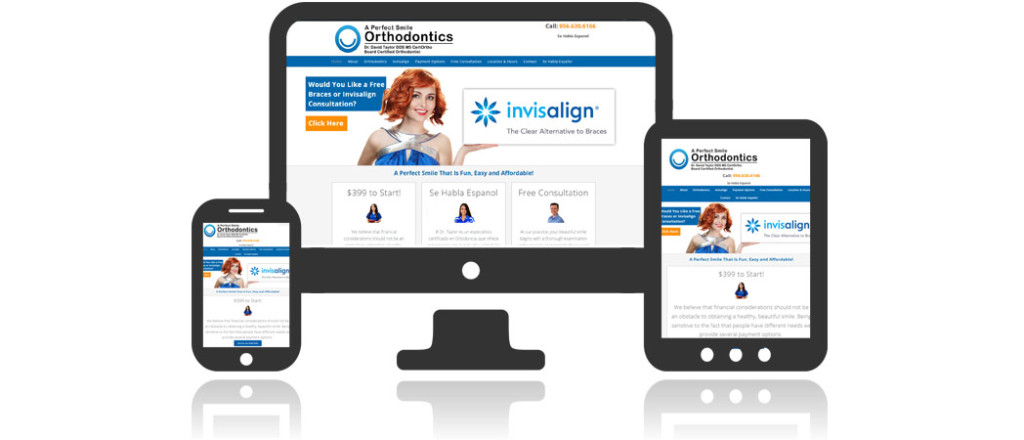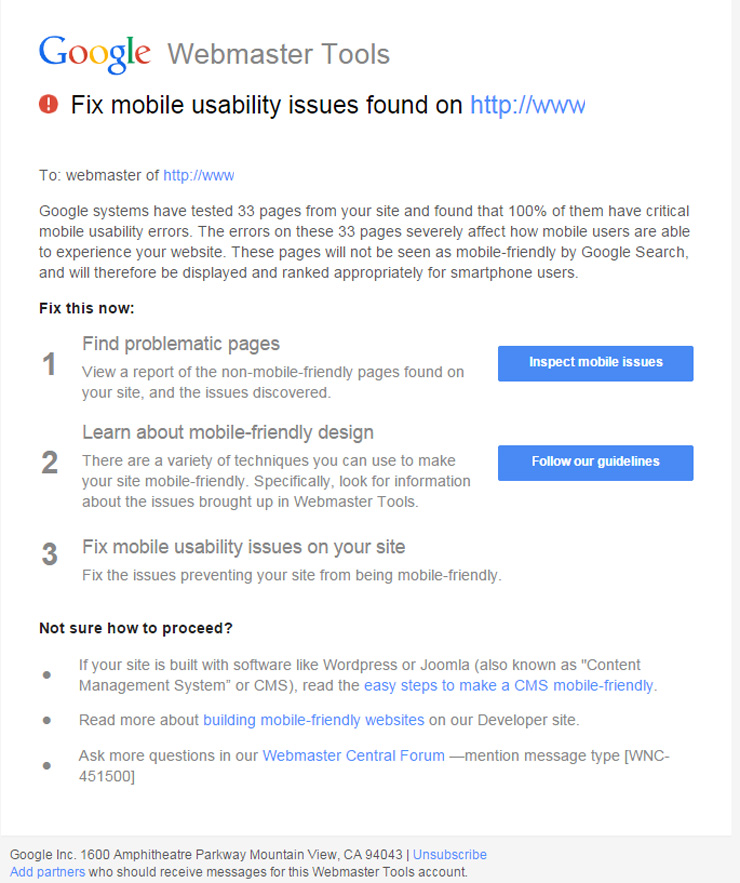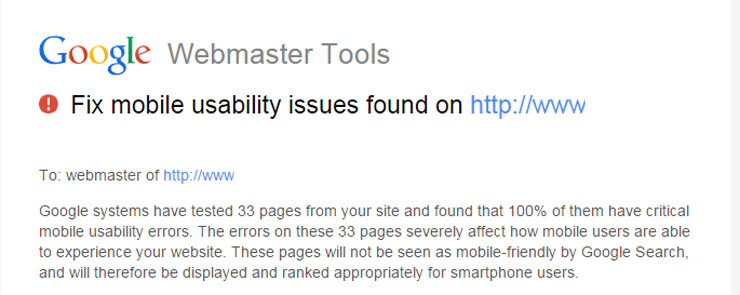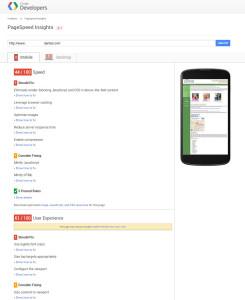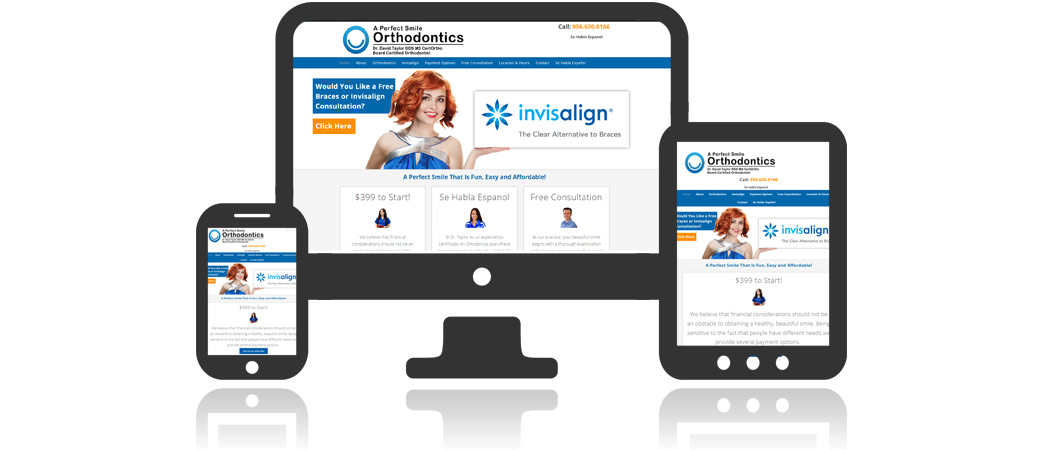 Since the “bounce rate” of your website is often a major concern, I wanted to provide some information that I feel is very important to understand on this topic.
Since the “bounce rate” of your website is often a major concern, I wanted to provide some information that I feel is very important to understand on this topic.What does Bounce Rate mean?
If someone performs an initial action, like a site visit, but doesn’t interact a second time (by viewing another page) within 30 minutes, it’s considered a bounce.
Some people really panic when they see bounce rates over 50%.
Most people assume that if a bounce rate is over 50%, it’s their fault. Their content or landing pages just aren’t performing the way that they should. But guess what? It’s not true.
Most don’t even realize that a 90% bounce rate isn’t out of the norm for certain parts of your website.
In other words, your high bounce rate isn’t telling you the whole story.
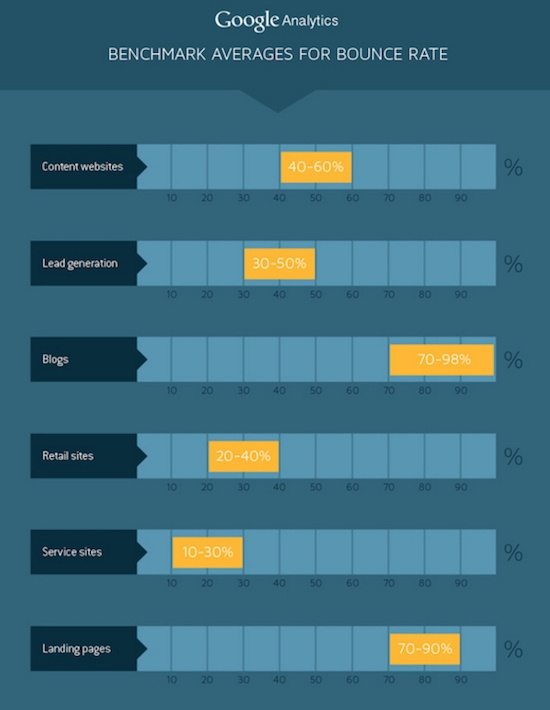
Bounce rate can be a confusing metric. When you hear “high bounce rate,” it immediately triggers anxiety in most digital marketers. But it shouldn’t always. Here’s why… In some cases a high bounce rate can actually be a sign of good user experience.So to understand the implications of high bounce rate, you have to assess it based on page type. On landing pages, the average bounce rate is between 70 and 90%.
